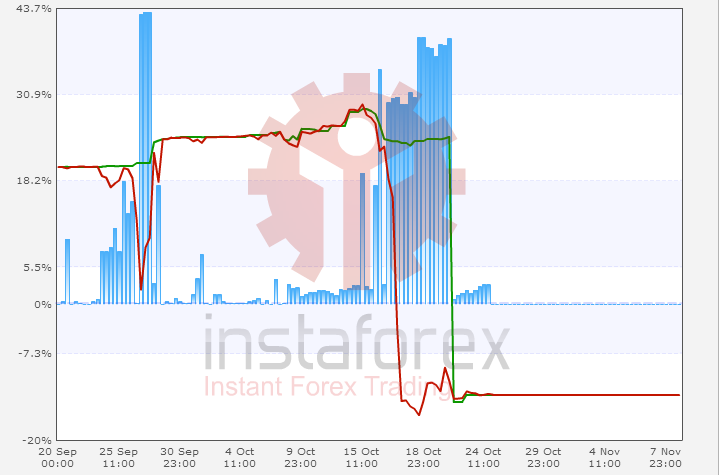“Observing that he had not put in a stop-loss order I spoke to him about it and he told me that the break hadn't fairly begun and he wasn't going to be shaken out by any one-point reaction. This was in August. Before the middle of September he borrowed ten dollars from me for a baby carriage -- his fourth.”
Edwin LefevreReminiscences of a Stock Operator
Thank you for taking your time to read my post. Today, let’s consider an important and practical issue on stop orders. What is a stop order? What is special about them? Why do traders need stop orders?
Stop Loss is an order placed by a trader on a trading platform to sell a security when it reaches a certain price. A stop-loss order is designed to limit an investor’s loss on a position in a security. It is also known as a “stop order” or “stop-market order.”
You might doubt that a stop order is something worthy of attention. It could bring losses. Eventually, a price will retrace sooner or later. To begin with, a price does not always retrace. The second argument for a stop order, a price might retrace after a margin call was triggered in your account. An investor receives a margin call from a broker if one or more of the securities he had bought with borrowed money decreases in value below a certain point. The trader must either deposit more money in the account or sell off some of his assets.
Here are two charts of a yield curve. A trader uses stop orders on the first chart and does not on the second chart. Let’s discuss both yield charts in more detail.
1. This account has twice got into a system drawdown. The drawdown was deep because a trader used a higher risk of 10% per trade to limit a loss. However, even with such parameters the account was not lost completely, but renewed a yield high.
2. It is clearly seen on the chart that a trader makes several-pip trades and manages losses on his own. To get out of a drawdown promptly, a trader applied a martingale strategy. On September 27, the trader was lucky as the market reversed as expected. However, the second time the good fortune was not on his side. A margin call was activated and a deposit was drained.
Which way would you choose?
Like most novice traders, I used to follow the second way for a long time. I made dozens of intraday pips trades. I used an average strategy against a trend. I used to trade without any restrictions on losses. No wonder this mode of trading depleted my deposit and exhausted me mentally. All of a sudden I realized that my trading strategy needs a radical revision. A few years ago, I started to think seriously about using stop orders as an efficient tool of money management.
What is the right way to place a stop order? There is no clear-cut answer to this question. Parameters for placing stop orders are individual for every trading strategy. The most suitable values are determined on the basis of backtesting.
Let’s look at the trading system in which a market entry is a retracement from the upper and lower edge of the channel. Such trading systems are practical because to put a stop order we should move away by a particular number of pips from a channel boundary. This number of pips depends on the time frame. For example, stop loss has to be placed at least 20 pips away for a 5-minute time frame and at least 50 pips away for a 1-hour time frame.
Here is another example.
The EUR/USD pair has formed a classical upward channel in a 1-hour time frame. There were four opportunities to enter the market when the pair retraced from the channel boundaries. Three trades would have closed at a profit, one trade would have closed in the red. Let’s consider the scenario in case we wouldn’t have used stop orders. The loss of the fourth trade would have erased all profits gained from the previous three winning trades. If the downward trend persists, the deposit will incur heavy losses.
Besides, you should be aware that if you place a stop loss farther from the current price, you have to enter the market with a smaller trade. The article Money management and risk per trade will provide guidelines for calculations of a trade volume.
I believe the above-mentioned examples will enable you to make the right choice of money management methods. Learn from mistakes of other traders. Don’t learn the hard way! 










